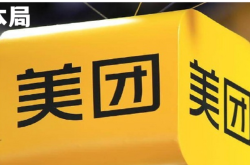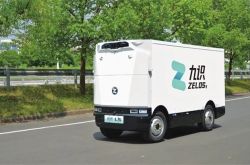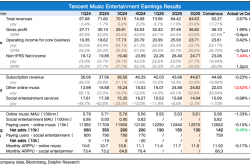NIO, XPeng, and Li Auto: Back in the Same League
![]() 11/13 2025
11/13 2025
![]() 448
448
Within the realm of emerging automotive forces, the names 'NIO, XPeng, and Li Auto' resonate far and wide.
These three entities stand as the pillars of this burgeoning sector. They were early movers, boasting highly representative strategic directions and delivering stellar performances in the industry's nascent stages. Moreover, they have successfully achieved dual listings in both the United States and Hong Kong.
In the past, the hierarchy among these three major players was NIO leading, followed by XPeng, and then Li Auto, though the overall disparities were not substantial.

However, Li Auto later made a strategic push into extended-range electric vehicles (EREVs) and honed in on crafting vehicles tailored for family users. This move swiftly propelled them to popularity, even catapulting them to the top spot among new automotive forces for a period.
Furthermore, due to the relatively premium pricing of Li Auto's vehicles, it became the first among the trio to achieve profitability. In stark contrast, NIO and XPeng found themselves struggling. To borrow the words of He Xiaopeng, both NIO and XPeng were teetering on the brink of entering the "ICU."
For those who remain skeptical, a glance at the 2024 data suffices. Li Auto was selling 40,000 to 50,000 units per month, while NIO and XPeng were each selling around 10,000 to 20,000 units, merely half of Li Auto's sales volume. Li Auto had already turned a profit, whereas XPeng and NIO were still incurring losses.
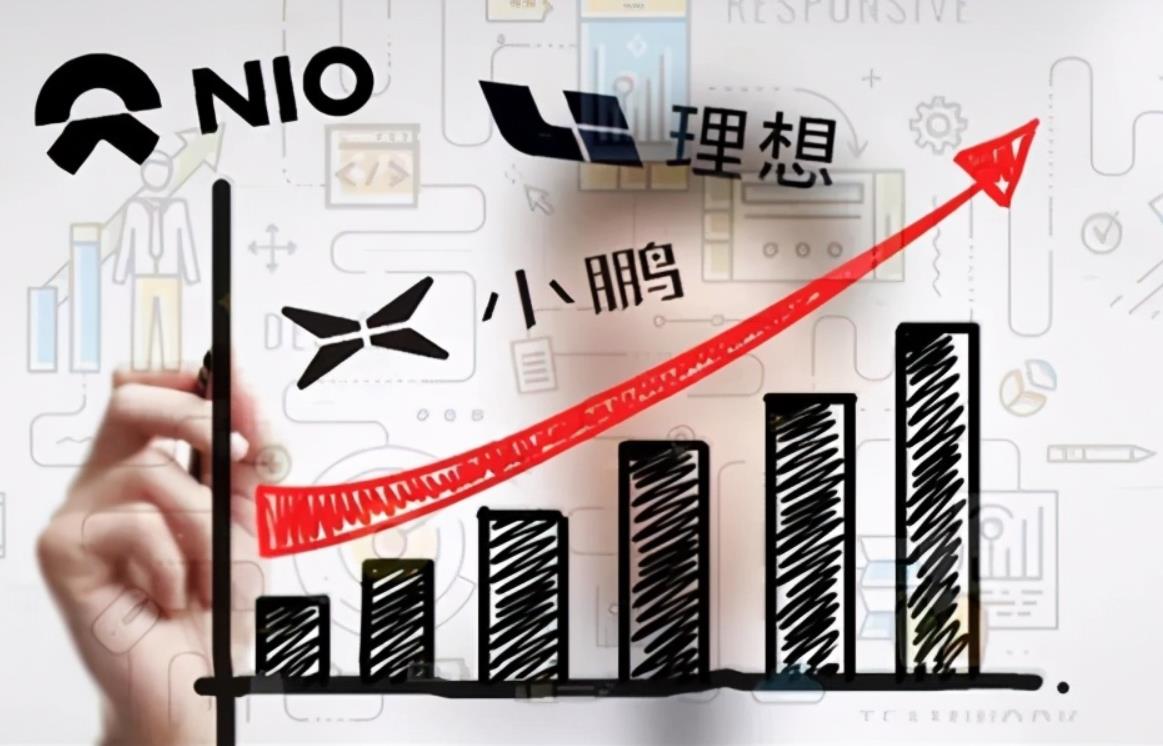
In terms of market capitalization, Li Auto's valuation significantly surpassed the combined market cap of NIO and XPeng at that juncture. Hence, in 2024, it was widely acknowledged that the gap between the three "brothers" — NIO, XPeng, and Li Auto — had widened to the point where they could no longer be considered peers.
Unexpectedly, amidst the fierce competition in the domestic market, by the end of 2025, these three "brothers" found themselves back in the same league.
Why do I make such a claim? Let's first examine the sales figures. In the latest sales data for October, XPeng took the lead with 41,600 units sold, while NIO sold 35,000 units and Li Auto sold 34,000 units. It appears that all three are now back on an even footing.
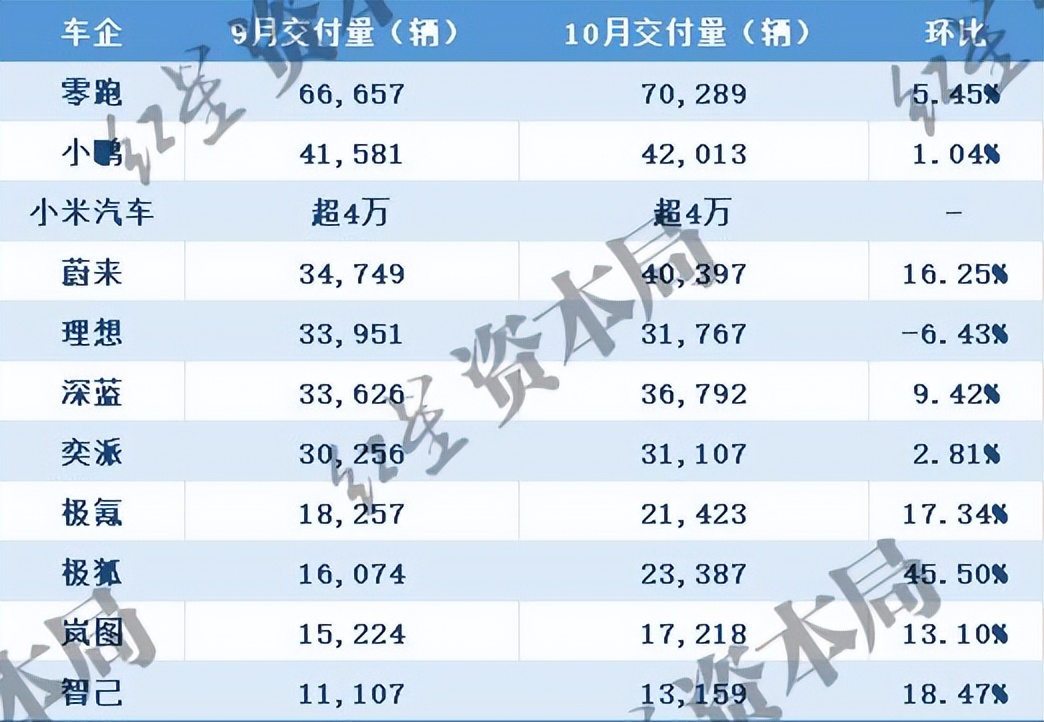
In terms of market capitalization, Li Auto currently stands at $21.4 billion, XPeng at $26 billion, and NIO at $14.5 billion. Now, XPeng has claimed the top spot, with Li Auto slipping to second place.
Therefore, whether considering sales volumes, market valuations, or other metrics, it seems that the gap between the three "brothers" — NIO, XPeng, and Li Auto — has significantly narrowed, and they are once again competing on an equal footing.
Moreover, these three "brothers" are currently facing enormous challenges on multiple fronts.

Li Auto's challenge lies in the transition from extended-range to pure electric vehicles. Having built its success on extended-range technology, the shift to pure electric vehicles will undoubtedly pose some hurdles. NIO faces the challenge of achieving profitability, given its substantial prior investments and the high costs associated with battery swapping. XPeng, too, is confronted with challenges, both in terms of its vehicle models and technological attributes.
Therefore, in the automotive industry, there is no such thing as true, permanent dominance. Challenges can emerge at any time and from any direction. A single misstep can lead to peril and the possibility of being overtaken by other automakers.

